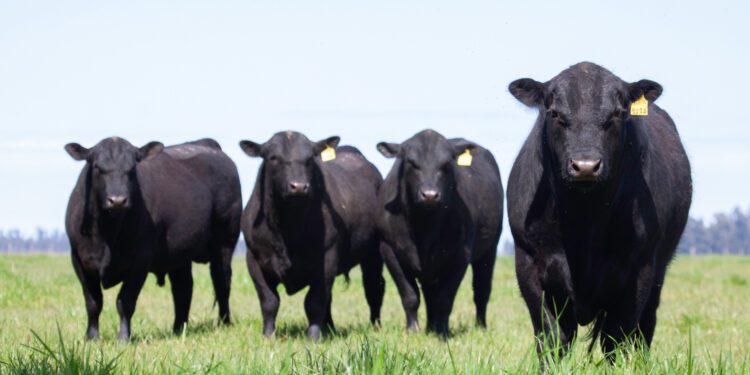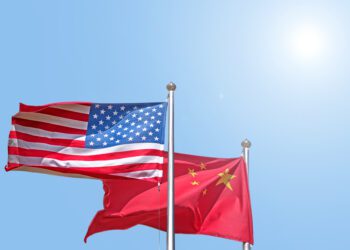Droughts in Texas, the most important beef producing state in the US, have led to record hig prices as herds are reduced, according to David Anderson at Texas A&M University in an interview with the Dallas Federal Reserve.
“Part of that [high beef prices] is [due to] higher costs throughout the economy, said Anderson. “Getting from where the cattle are produced to where we buy beef at the grocery store, we can think of the costs [rising] along that chain. Just like everything else, we see higher costs for transportation, for keeping the lights on at the grocery store, the refrigerators running, the labor bill. Prices are also higher because we’ve been decreasing beef production. Tighter supplies are feeding into higher prices. And a third part of higher prices is very good beef demand.”
Currently the US has the fewest beef cows since 1961 and the fewest total cattle since 1951. Texas alone currently has 4.1 million beef cows, as the down-cycle kicked in after record high prices led to a glut which hurt the economics of ranches.
“We’re looking at less beef production than in 2023, and 2023 was lower than 2022, which was the record-largest beef production [year] in the U.S,” said Anderson. “A lot of that was because we were forced to cull a lot of cows from our herd, and so they went to a meat-packer. That boosts beef production at the expense of the future. So, we’re ready for less beef production each year over the next several years, which gets us to this idea of a cycle and how fast could we respond to record-high calf prices.”
Until that happens steaks will continue to command a premium in the market, as inflation could finally be turning a corner.
By Staff












